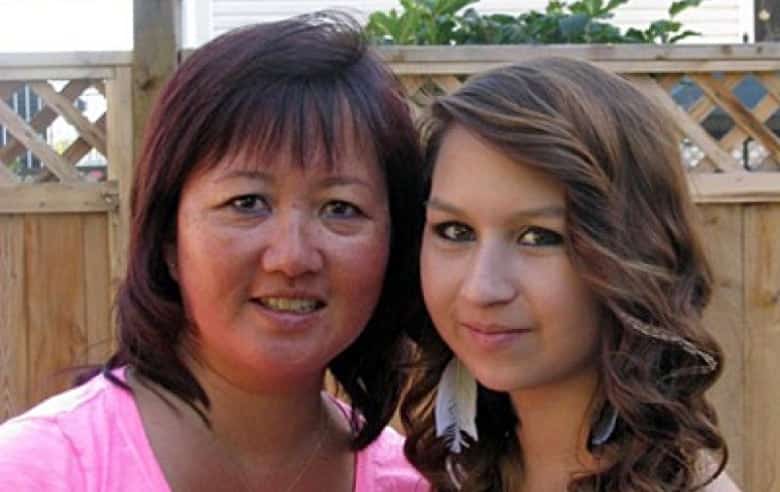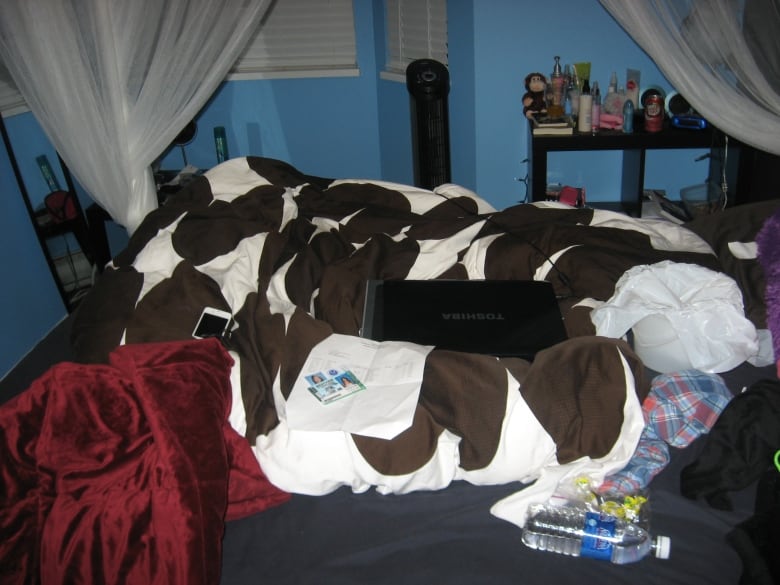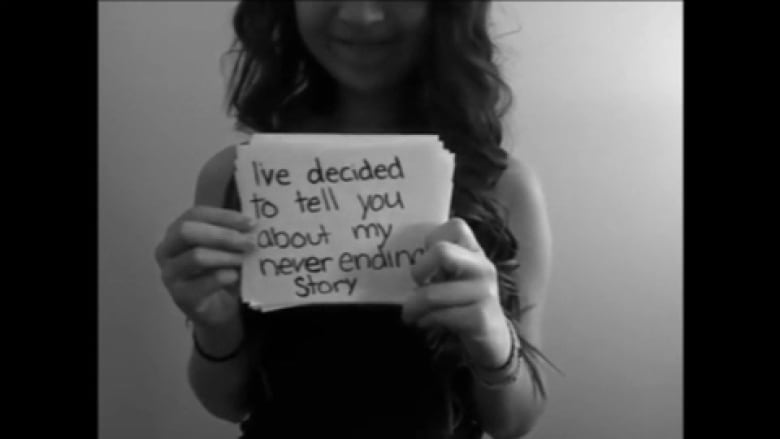WARNING: This story contains disturbing details and may affect those who have been or know someone affected by sextortion.
“Mom, what are we going to do?”
Carol Todd recalled Amanda Todd’s words Tuesday as she took the stand on the second day of the trial of the man accused of extorting and harassing her daughter.
It was November 2011, less than a year before Amanda Todd committed suicide. The teen’s parents were divorced and Amanda was staying with Carol Todd at her house.
“I heard a scream and Amanda ran downstairs and I asked if there was a problem,” Todd testified.
Amanda showed him the Facebook profile of a user named Austin Collins. The attached photo was of Amanda Todd.
“He showed me a profile with a picture of his bare chest as the profile picture,” Todd recalled.
“I remember some kind of message that got in somehow. It was because of the fact that this profile had befriended Amanda’s friends, acquaintances of Amanda for the purpose of sharing the image of her again.”
Carol Todd remembered her daughter’s questions.
“Why is this happening? Now I was afraid of what it would be like to go back to school,” Todd said.
“So she was distraught, and I was distraught.”
‘I wouldn’t know what I was doing’
The scene was one of several Todd relived on the witness stand as he completed his testimony at the British Columbia Supreme Court in New Westminster.
She was the first witness to testify in what is expected to be a seven-week trial. Immediately after her testimony, her ex-husband Norm took the stand.

Aydin Coban, the man accused of sextorting Amanda Todd, has pleaded not guilty to five criminal charges including extortion, stalking and possession of child pornography.
Prosecutors say he was the man behind a series of fake social media accounts used to bully the teenager into exposing herself on camera between 2009 and 2012, when she was 13.
Under cross-examination by both the Crown and the defense, Carol Todd went back and forth in time through the years up to and including her daughter’s death.
They showed her photos of Amanda Todd’s bedroom taken after she took her own life, the teen’s laptop and phone on a black and white quilt on her bed.

Todd spoke about the difficulties of trying to deal with a child’s access to the internet and social media in a divided home; seeing disturbing images and chat messages appear, trying to have a conversation, and then finding herself blocked from Amanda’s feed.
“It’s like literally turning off his social media access so he wouldn’t know what he was doing,” Todd said at one point.
“You only notice it if you try to access the view and then you can’t see.”
1,279 Facebook friends
During cross-examination, Todd acknowledged that the RCMP had advised Amanda to leave social media after the family met with investigators to discuss the threats that accompanied the posting of graphic images of the teen online.
“At first she refused, but then with her father’s consent, we were able to convince her that she needed to turn it off,” Todd testified.

“Did that last?” asked Coban’s attorney, Joseph Saulnier.
“That lasted a couple of months and then gradually we let him back into his Facebook world,” Todd replied.
The defense attorney questioned Todd about the teenager’s large number of Facebook friends: 1,279 in total at one point.
“She didn’t know all those people personally, I guess,” Saulnier said.
“No, he didn’t,” Todd replied.
Coban was extradited from the Netherlands to Canada in 2020 to stand trial for sextorting Amanda Todd.
The Crown says it hopes to call police evidence and witnesses, including Dutch investigators, to show that electronic devices seized from Coban’s home contain data linking him to the 22 fake usernames and social media accounts that haunted Amanda Todd. .
‘What did you see when you clicked?’
Norm Todd took the stand in the afternoon. He said he has tried to put the events behind him in time leading up to his daughter’s death, and had difficulty remembering the finer details of what happened.
Amanda Todd came to live with Norm Todd in an apartment after he moved out of the family home.

She said her online life was a “major focus” for her and that she “freaked out” when she tried to cut off her internet access.
Todd also recalled that she showed him messages to show that someone was “stalking her online: the pedophile.”
“It was about her being exposed online or being sent to schools and friends and stuff… blackmailing her… threatening her,” Todd said. “She was scared and a little terrified… she didn’t know what she could do about it.”
Norm Todd said he also received messages from unknown sources about his daughter, with links to graphic images. He said that he clicked on one.
“What did you see when you clicked?” Crown Prosecutor Louise Kenworthy asked.
“One of the links showed my daughter exposing herself,” Todd said. “Pulling up her blouse.”
Under cross-examination, Todd admitted that his daughter could have told police that she knew she didn’t have to do what people told her online and that she didn’t feel threatened.
‘He stopped going to school altogether’
The court also released copies Tuesday of messages Carol Todd received that contained links to graphic images of Amanda Todd.
“Amanda (Michelle) Todd was still being shown nude and performing sexual acts on cam and IM sites in front of countless men, complete strangers, as late as last week,” said one, sent in November 2011.
“She is a minor (14 years old), which means that she is voluntarily producing live child pornography.”
Carol Todd testified that her daughter stopped attending school in the fall of 2011 after her topless profile picture appeared on Facebook.
“He stopped going to school completely due to fear and anxiety of being in front of his peers,” she said.
On cross-examination, Coban’s attorneys suggested that Amanda Todd may have had other reasons for wanting to change schools.
Carol Todd said that a traumatic event involving a child in the early fall triggered PTSD and anxiety.
He did not elaborate on the nature of the incident, but disputed the claim that it was not related to the messages Amanda was receiving over the Internet.
Norm Todd echoed that point, saying that Amanda Todd and some friends at school had jealousy-related conflicts that may have played a role in their desire to change schools.
But he said “the number one thing was the pedophile thing.”
Reference-www.cbc.ca